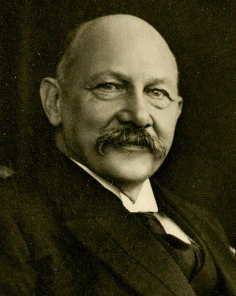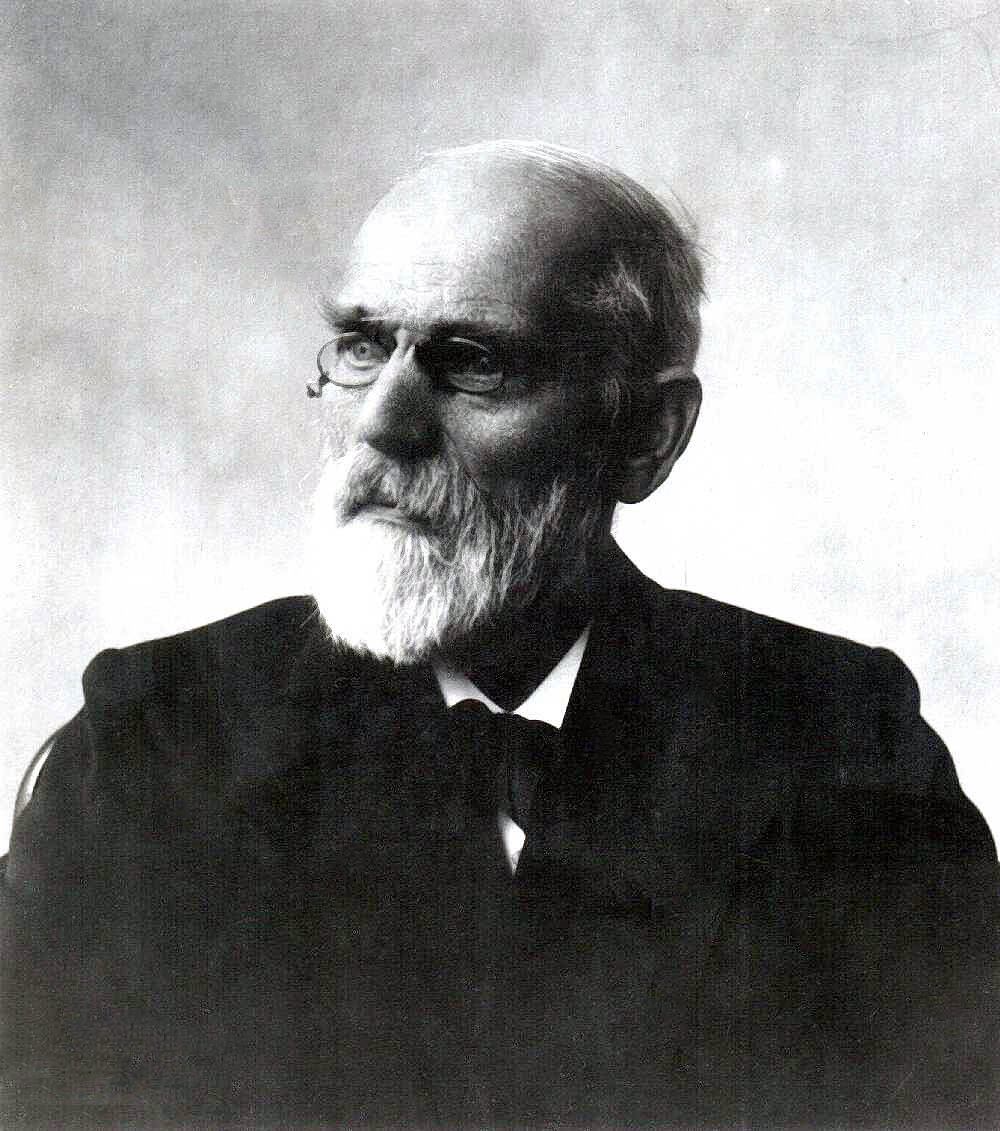History of liquid helium preparation (part 2)
The helium was then obtained by heating monazite (cerium and lanthanum ore), which contains about 25Px3-50px3 of helium per gram. The system used 200 liters (at room temperature and pressure) of helium in Kamillin-Onnes's experiment.
In 1882, Kamillin-Onnes was appointed head of experimental Physics in the Department of Physics at Leiden University and began the construction of a cryophysics laboratory. He was inspired to work with Van der Waals on systematic studies of the properties of gases and liquids, and to understand the essential relationship between gaseous and liquid substances.
Kamillin-Onnes, not only an outstanding scientist, but also a pioneering vision of science and technology management, he adopted the policy of development, in 1885 in the journal science journal of Leiden university physics laboratory communication published laboratory full results in detail, all the details of the experiment device and technology progress, welcome people from all over the world to visit, study and communication and discussion. In this way, he established a wide range of academic contacts and obtained a lot of information.
Superconducting scientist Kamillin-Onnes
Kamillin-Onnes was a pioneer in the interaction between research, education and industry. In 1890, he established The Lyden Instrument Engineering School to train students in instrument manufacturing and glass installation firing. After finishing his studies, some of them worked as technicians in his laboratory, while others set up their own companies to provide various equipment and glass containers for the laboratory.
In order to meet the needs of cryogenic research, the laboratory led by Kamillin-Onnes built an air liquefaction unit of 14L/h in 1892 and was able to liquefy 4L/h hydrogen in 1906. The low temperature of 14K was obtained by means of extraction and decompressing, which laid a solid foundation for liquefied helium. Kamillin-Onnes came from behind in the race to liquefy helium. The world's first drop of liquid helium was obtained on July 10, 1908. Together with his first discovery of the superconductivity of mercury in 1911, Kamillin-Onnes initiated the new field of liquid helium temperature zones and superconductivity.
Johannes Diderik Van der Waals
In order to meet the needs of cryogenic research, the laboratory led by Kamillin-Onnes built an air liquefaction unit of 14L/h in 1892 and was able to liquefy 4L/h hydrogen in 1906. The low temperature of 14K was obtained by means of extraction and decompressing, which laid a solid foundation for liquefied helium. Kamillin-Onnes came from behind in the race to liquefy helium. The world's first drop of liquid helium was obtained on July 10, 1908. Together with his first discovery of the superconductivity of mercury in 1911, Kamillin-Onnes initiated the new field of liquid helium temperature zones and superconductivity.
History of liquid helium preparation (part 1)
History of liquid helium preparation (part 3)
History of liquid helium preparation (part 4)






 Facebook
Facebook YouTube
YouTube LinkedIn
LinkedIn Twitter
Twitter